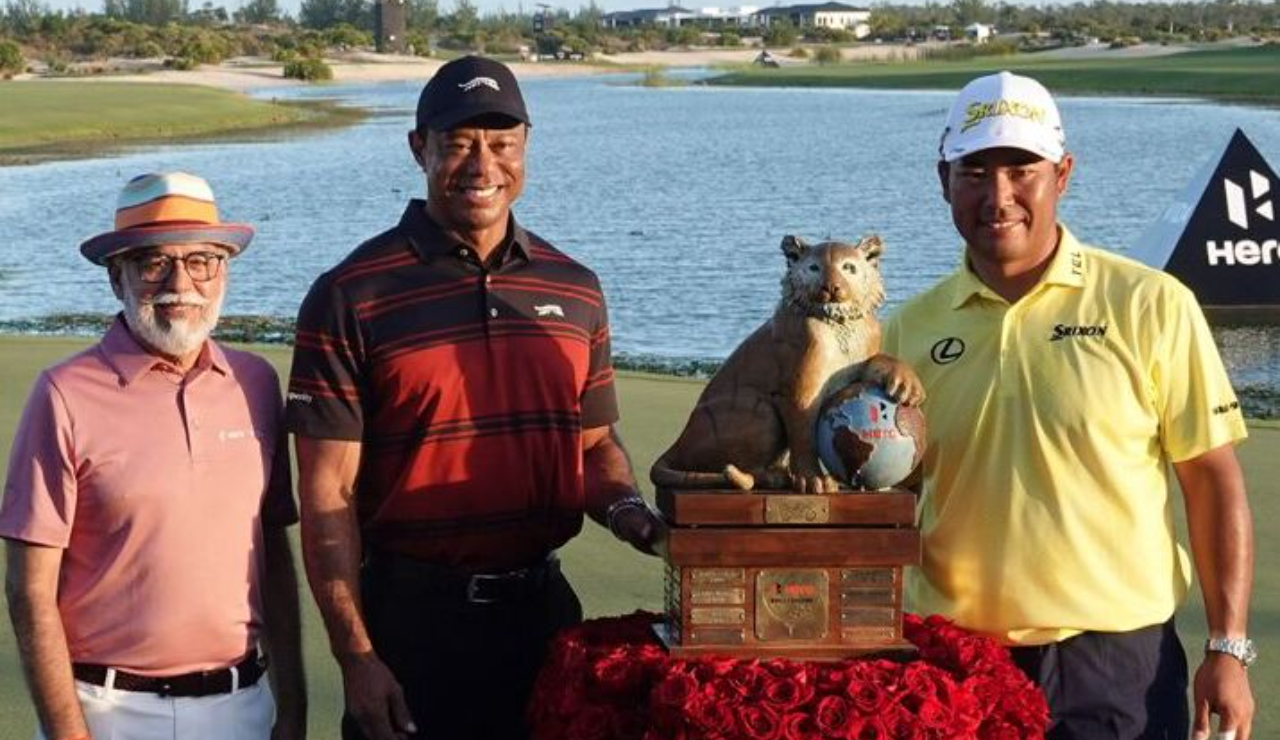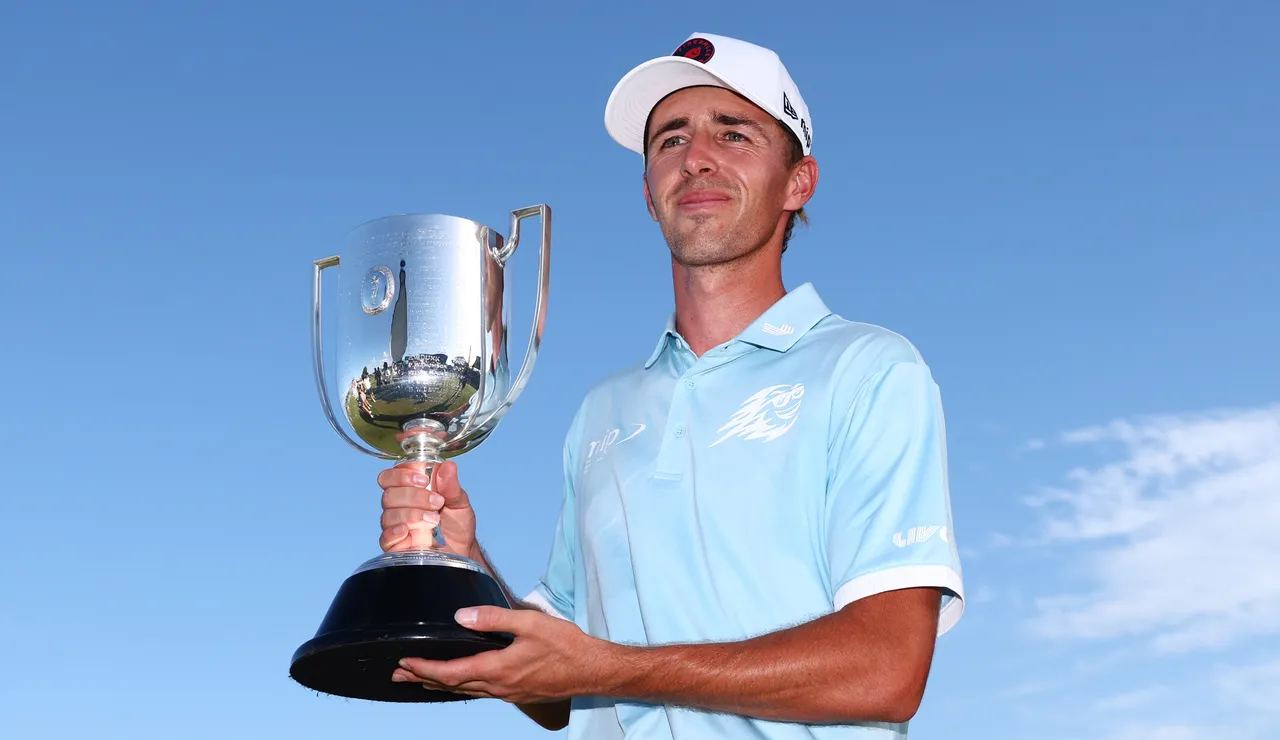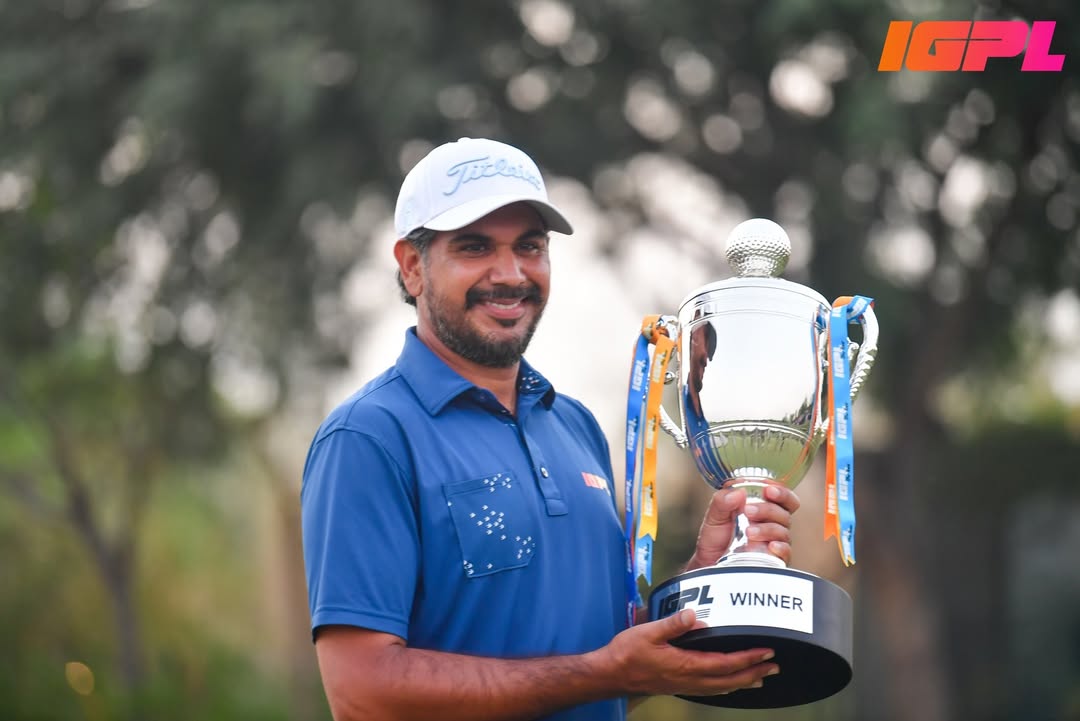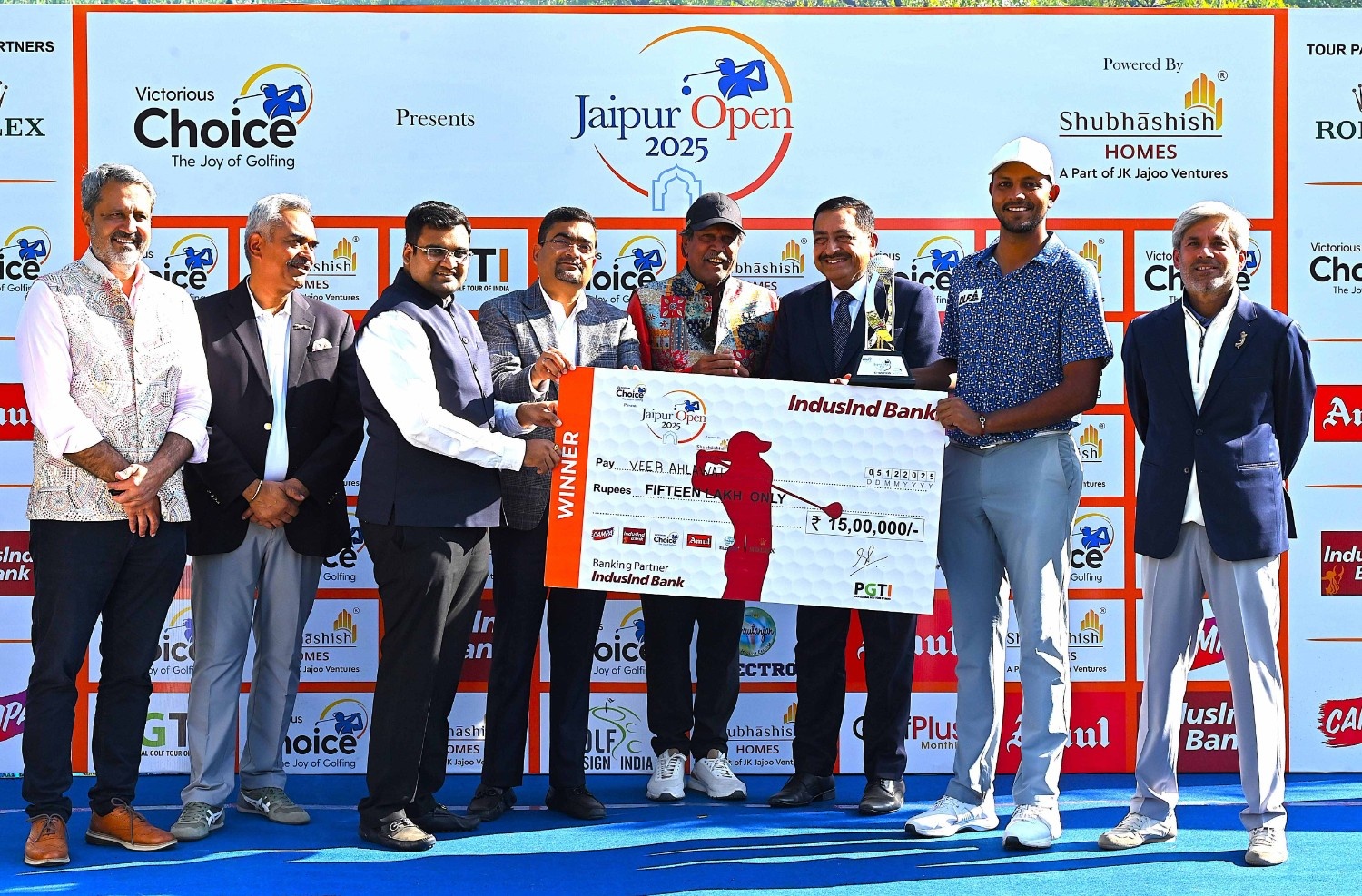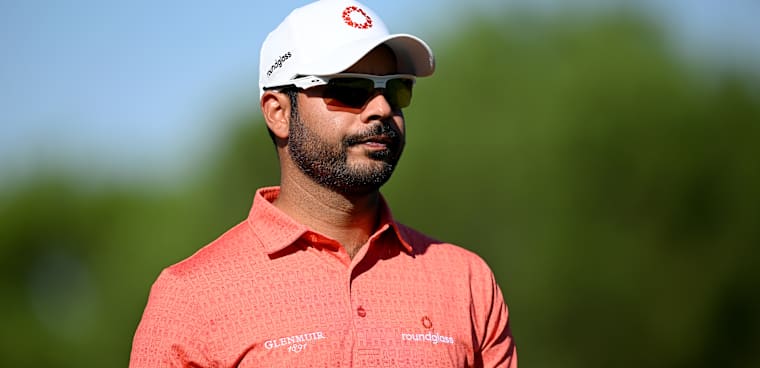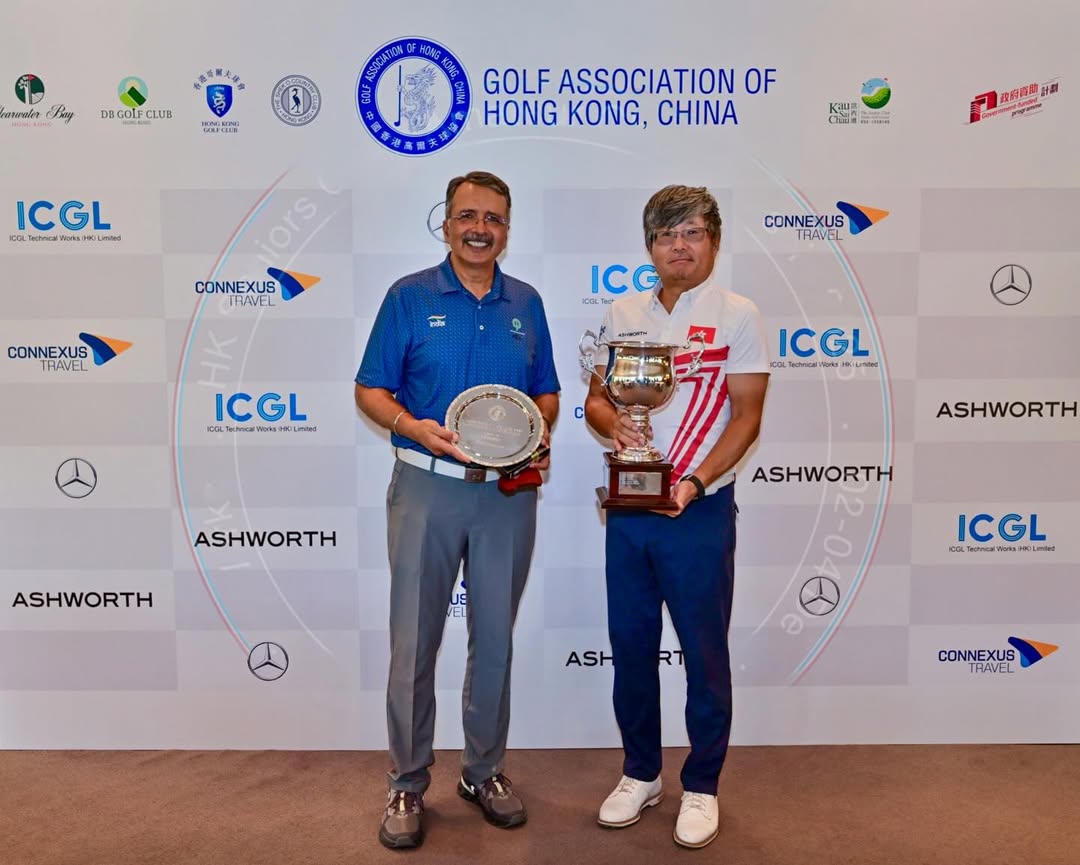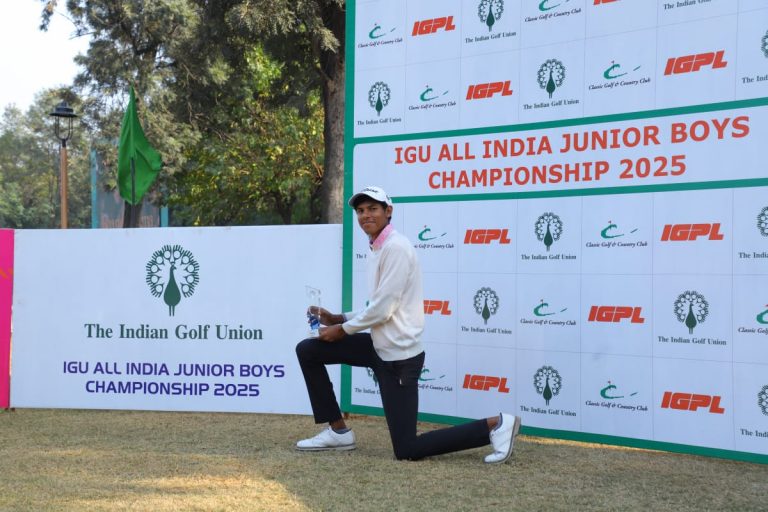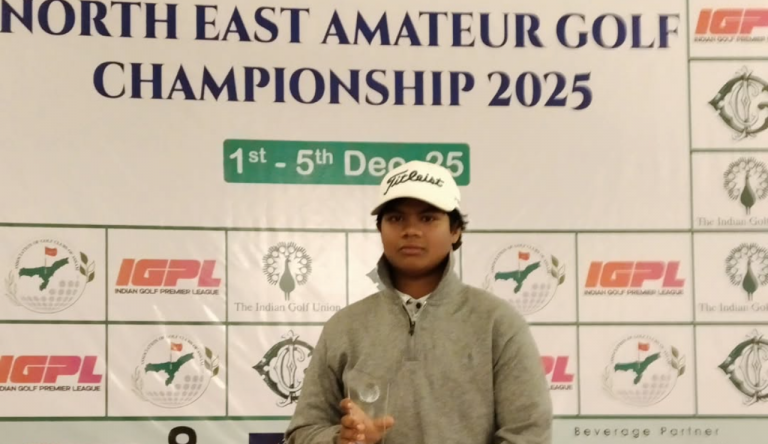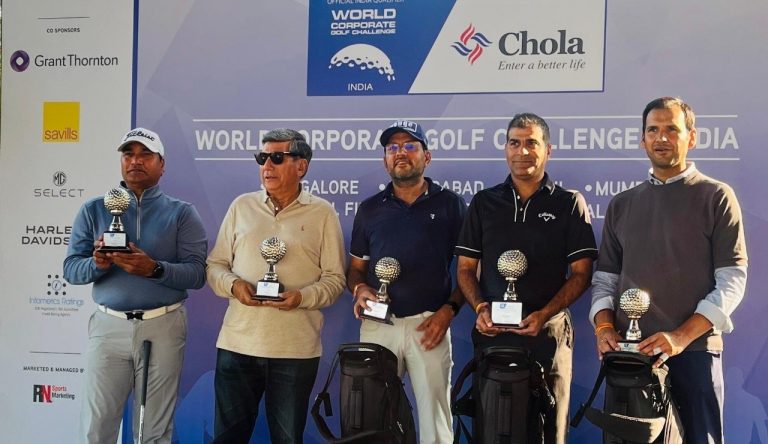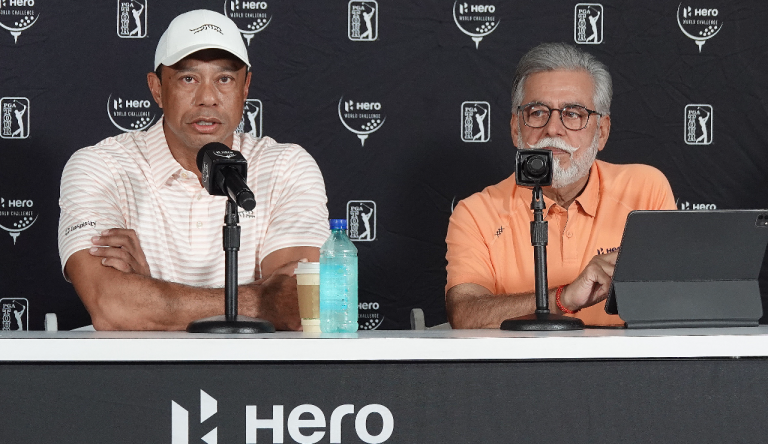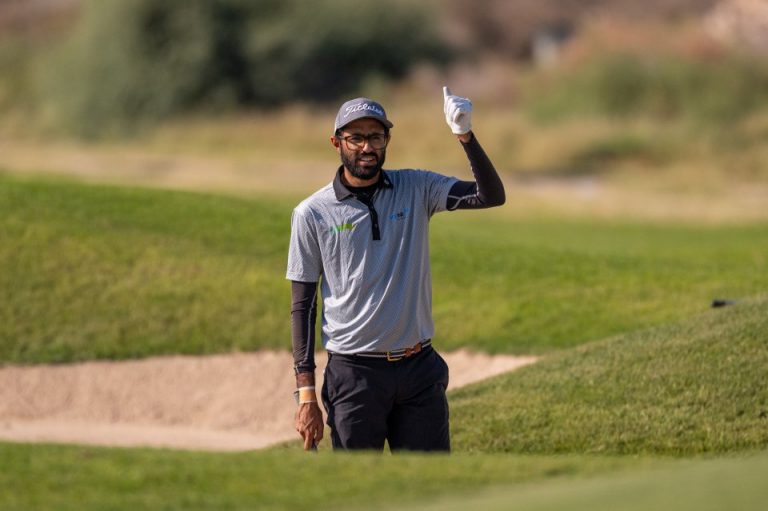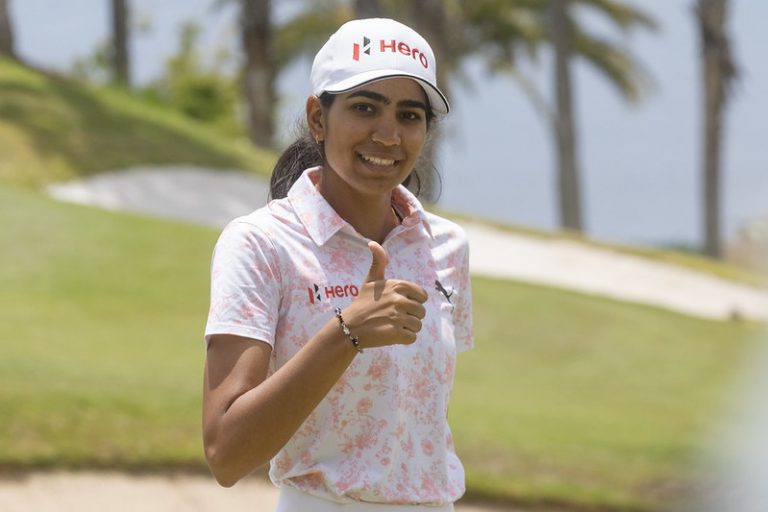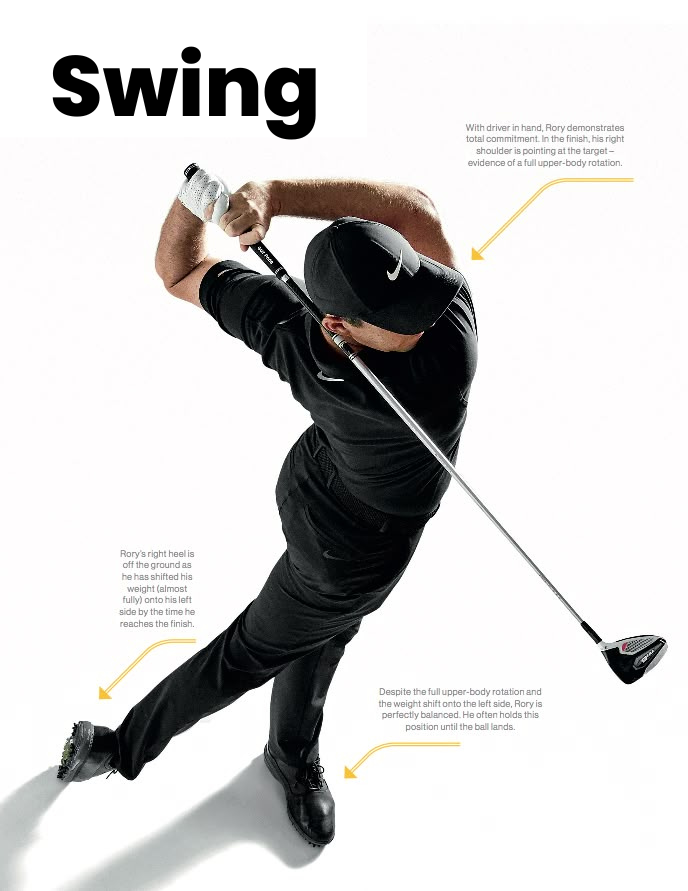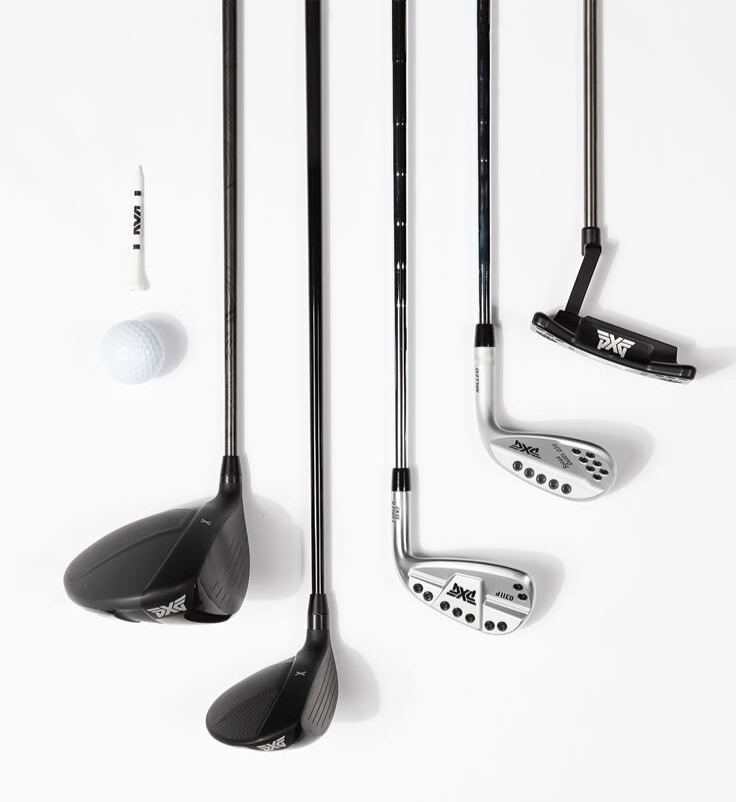
At a time when most of Indian golf’s attention, infrastructure, and sponsorship gravitate towards the men’s game, a quiet shift has unfolded on the global stage, led by India’s women professional golfers.
As of this month, three Indian women golfers—Aditi Ashok (143), Diksha Dagar (183), and Pranavi Urs (196) — are ranked inside the Top 200 of the Rolex Women’s World Golf Rankings. This marks a first-ever occurrence for Indian women’s golf and the rise of girl power in the country.
In contrast, perhaps for the first time in years, not a single Indian male golfer features in the Top 250 of the Official World Golf Ranking (OWGR). The current highest-ranked Indian male is Shubhankar Sharma at 285, followed by Gaganjeet Bhullar (387) and Veer Ahlawat (463). And the downward trends seems to be sure to continue as the number of Indians venturing overseas has fallen dramatically in the last two years. The number of spots available for Indians on the Asian Tour – the first stepping stone to World Rankings – is reduced.
If the downward slide continues, we could very well find that no Indian male actually qualifies for the LA Olympics in 2028 (where entry is based purely on Official World Rankings), and we may have just two girls in the Olympics and no entry eligible for the mixed-team event.
This ranking disparity flips the usual assumption that greater funding, more events, and bigger fields automatically translate into stronger global competitiveness. In India, the men’s golf ecosystem is far more developed in every measurable way: the Professional Golf Tour of India (PGTI) stages close to 20-25 events annually with an average purse of Rs 1 crore, fields of 120-140 players are standard, and the tour has recently co-sanctioned the $4 million DP World India Championship, set for October later this year, at Delhi Golf Club.
Compare this with the women’s circuit: The Hero Women’s Professional Golf Tour (HWPGT) sees 14 events with Rs 10-15 lakh purses and rarely more than 30–40 players, even in its biggest domestic events.
The disparity becomes even clearer when comparing international playing status. On the Ladies European Tour (LET) this year, a record 4 Indian women—Diksha Dagar, Pranavi Urs, Tvesa Malik, and Rookie Avani Prashanth, enjoy full playing rights. Additionally, players like 2024 India No. 1 Hitaashee Bakshi hold conditional LET playing rights.

On the men’s side, only two players currently hold full playing privileges on the DP World (European) Tour—Shubhankar Sharma and Veer Ahlawat, who earned his card by virtue of being PGTI No.1 last year. This is despite the DP World Tour historically being the gateway for Indian men to climb the international ranks, a path previously walked by Jeev Milkha Singh, Arjun Atwal, and Anirban Lahiri.
There are no Indian golfers with full status on the PGA TOUR since Anirban Lahiri moved to LIV Golf in 2022.
In contrast, Aditi Ashok has held her LPGA Tour card since 2017, making her India’s most consistent international golf professional, male or female, over the last decade.
On the Asian Tour, the fall of Indian golfers is even more dramatic with our top player in 2024 being ranked 49th compared to earlier where India regularly featured 4-5 golfers in the top 30 from the period 1996 to 2019 and in 2012 – 2015 used to feature 3 players in the top 10 in Asia besides producing 3 Asia No 1’s.
At first glance, the disparity seems counterintuitive. The men’s circuit has a deeper domestic structure, more events and prize money, wider media coverage, major corporate sponsorships, and international co-sanctioned opportunities.
Despite all this, Indian men are currently unable to break into the top 250 in the world. Meanwhile, the women, operating with fewer domestic starts, are not only gaining entry to elite fields but also performing consistently to retain status and climb the rankings.
Why this gap?
- Lower barriers, higher drive: Ironically, the lack of depth on the women’s domestic tour may actually push the top players to seek opportunities abroad faster. For many male players, success on the PGTI often becomes a comfort zone and fewer feel the need to go after world ranking points overseas.
- External sponsorship and family investment: The top-performing Indian women have managed to find commercial support to bear the expense of gaining overseas exposure – be it from personal, family, or corporate backing to build pathways abroad. While the system hasn’t supported them to cover the expense of playing overseas, they’ve found funding through their own means, to travel overseas.
The women’s achievements are a testament to their resilience and focus in a system that often places them second. But it also points to a curious downfall on the men’s side, where additional corporate sponsorship on PGTI seems to be pushing Indian men further down in the global pecking order.
As India enters a new era with bigger events like the DP World India Championship and a growing pool of global exposure, the challenge now is twofold:
- Build a more sustainable pathway for men to earn entry into Asian Tour events.
- Find commercial support so that Indian men move beyond the comfort of PGTI and aggressively chase global qualification and world ranking points.
The scary prospect of Indian men falling out of the Olympics may just jolt the powers that be to rethink the current situation.



